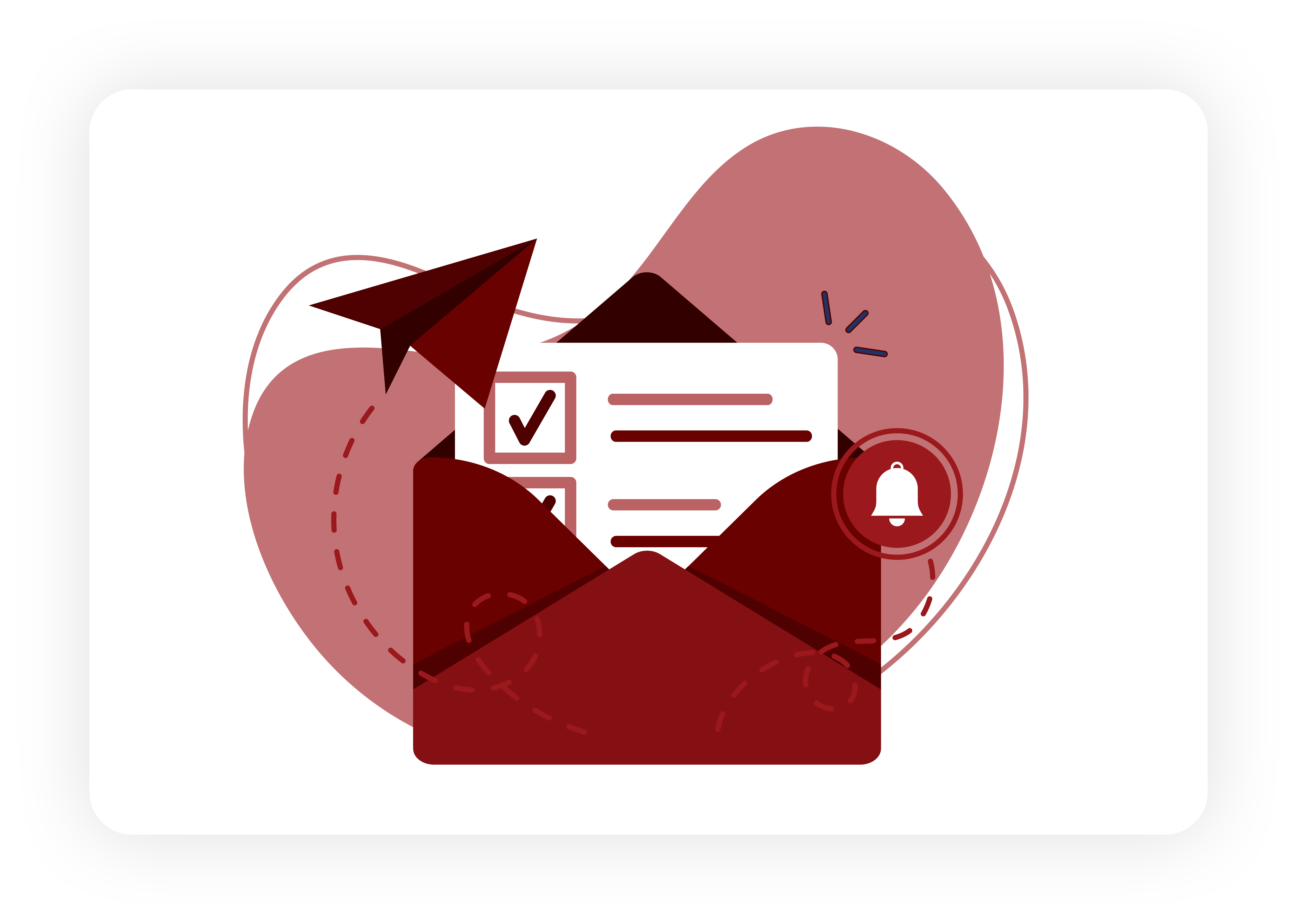By Fiona Wakelin
Are you tired of not being able to accurately predict your monthly turnover? Is there a worrying shortfall between accounts receivable and overheads? A subscription-based income generating model takes the guesswork out of your turnover and profit forecasting and makes for a stable, predictable P&L sheet.
According to a McKinsey research study, 15% of Americans have signed up for one or more subscriptions to receive products on a recurring basis. The subscription ecommerce market is projected to reach $473-billion by 2025, up from $15-billion in 2019—which makes it a massively interesting opportunity for existing and aspiring business owners, too.
What is a subscription-based business model?
“Subscription business models focus on the way revenue is made so that a single customer pays multiple payments for prolonged access to a good or service instead of a large upfront one-time price. Now, the economy is trending toward more subscriptions instead of ownership for cars, software, entertainment, and shopping. This increases the lifetime value (LTV) of the customer.” – Investopedia
An example
With advances in technology and software, the subscription-based model is becoming more and more available and attractive to businesses across a range of sectors. But the one closest to home for Topco Media is the example of magazine and newsletter subscriptions whereby publishers offer a monthly or weekly model that results in multiple purchases instead of a once-off.
You could win a R1000 Takealot voucher. All you have to do is help us with this short survey:
First steps
You might think you have had a light bulb moment for subscription-based business – but does anyone else think so? Is your USP really unique? Who are your competitors and what are you offering that they are not? And, most importantly, why are you offering it? Simon Sinek puts it so well when he says “People don’t buy what you do; they buy why you do it”.
Once you have your “why” and your “what” sorted – then it is important to identify “who” (who is divided into 2 groups – who are you targeting and who is going to do the work) “how” and by “when”.
Your offerings will be critical, their frequency, and your various payment options/portals as well as security measures for online purchasing.
Getting boxed in
For those entrepreneurs whose products are suitable for a subscription box business there are 3 models to choose from: curation, access and replenishment. Curation will require regularly surprising and gratifying clientele through the choice of personalised contents in the boxes; access gives members-only benefits to subscription clients; while replenishment provides automated re-ordering of essential products at a discount. Whichever model best suits your product/s it will be key to factor in transport and delivery costs when planning TNBT (the next best thing).

Safety first
This cuts both ways – you need to ensure business security, fraud prevention and a constant, guaranteed revenue stream – and your customers need to be sure you are adhering to the POPI Act with a robust, hacker proof setup.
Keep innovating
Stay ahead of your competitors by adding new, exciting packages, offers, competitions and freebies to your clients on a regular basis. Use the latest technology for websites and apps to ensure easy sign up for clients and a great, uncomplicated, welcoming, onboarding experience.
Stay in touch with your “why”
Don’t let all the other “wh’s” – who, when, what, overtake the driving force of your “why” – keep going back to it in your strat plans and weekly meetings.
Grow your client base
Use your marketers to celebrate what you do and why to grow your client base. Review your product offerings and regularly check in with who is buying what; see if there are opportunities to appeal to other LSM groups.
According to McKinsey, women make up the great number of subscription buyers, but men are more likely to have more than one.
Read and respond to reviews
With the exponential increase in the number of online offerings, clients use reviews to help them make choices. Keeping those gold stars above 4 is crucial to growing your client base – and it is especially important to respond personally to each one so that even a poor review is diffused.
Keep the human touch
Chat bots are no substitute for the human element. Your customers will know if you genuinely care, and in return you will get their loyalty.

Sources
Mckinsey
Shopify
Investopedia

